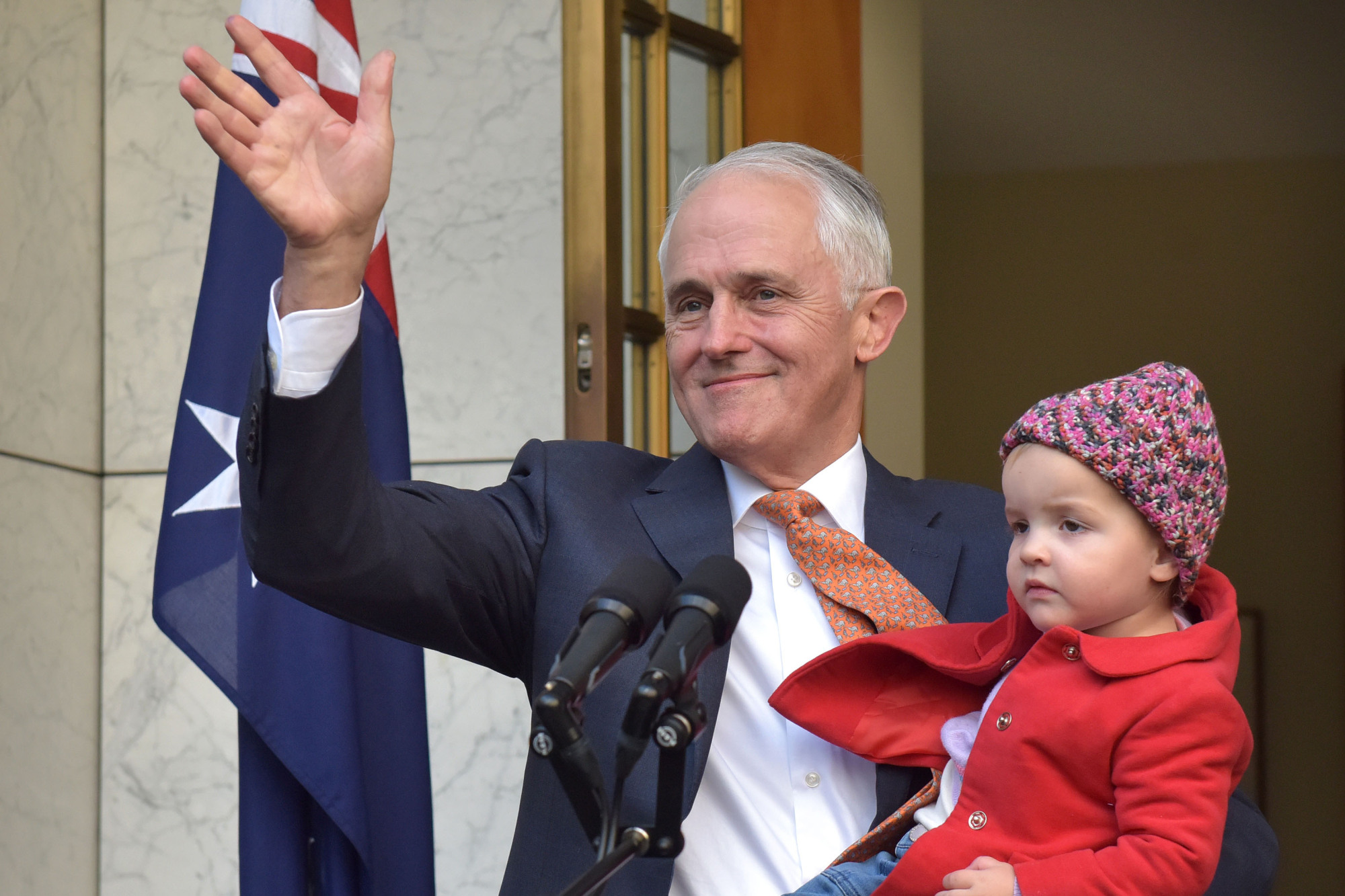What explains Australia's bizarre leadership churn? No prime minister has served a full term since 2007, with five different faces becoming prime minister in the last five years: Julia Gillard, Kevin Rudd, Tony Abbott, Malcolm Turnbull — and now, in the latest party-room coup, Scott Morrison, whom most Australians, let alone international observers, would struggle to identify in a lineup. All this is happening in a long-established, conflict-free and above all prosperous parliamentary democracy, enjoying a record 27th year of uninterrupted economic growth.
The answer still seems to lie in the three factors — globally familiar, nationally systemic and personally idiosyncratic — that I identified three years ago. Is this entertainment — no joke here, however many others abroad may be laughing — destined to continue indefinitely, or can the cycle be broken?
The first explanation of the churn is that Australia is not immune to the preoccupation with personalities and popularity polls, and the demand for instant gratification rather than serious policy debate, afflicting most of the world's established democracies in this age of the 24/7 media cycle and omnipresent social media. Traditional mainstream political parties everywhere, spooked by populist fringe-dwellers, are constantly on edge trying to work out how to counter their appeal.

















With your current subscription plan you can comment on stories. However, before writing your first comment, please create a display name in the Profile section of your subscriber account page.